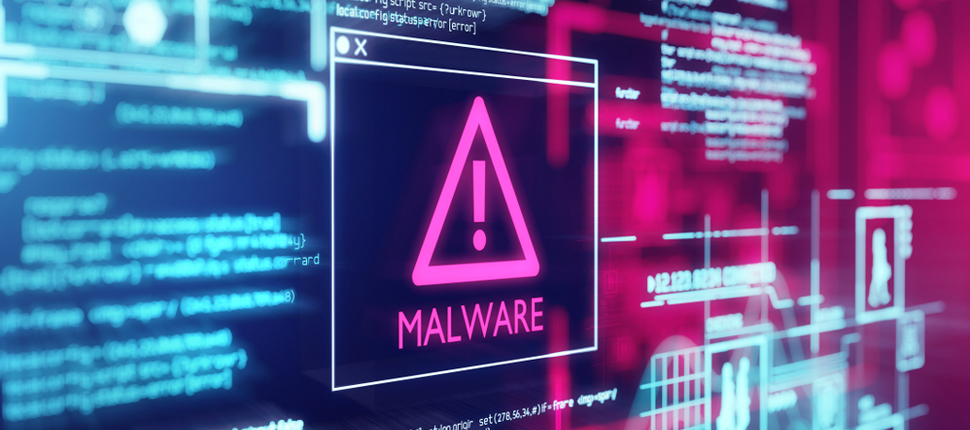Data privacy concerns
At the heart of AI’s power in cybersecurity is data. The more data an AI system processes, the more accurate and efficient it becomes. However, this insatiable need for data intersects with growing concerns about user privacy. As companies amass vast amounts of data to feed their AI systems, questions arise: Where is this data stored? Who has access to it? How is it being used? Regulations like the General Data Protection Regulation (GDPR) have been implemented to address some of these concerns. Nevertheless, the ethical implications of data collection, storage, and usage remain a hot topic.
A call to action
Recognizing the evolving dynamics of the AI-driven cyber landscape is undoubtedly vital. But awareness alone isn’t enough. The next and equally significant step is action. Executives must transform their insights into tangible strategies to navigate the digital frontier successfully. Here’s a practical roadmap for companies to fortify their defenses while leveraging AI’s transformative potential.
Fix the basics
Before you start worrying about leveraging AI, make sure that you have a solid foundation of basic security controls and procedures in place. As mentioned above, this includes required use of MFA, upgrades of software and systems to the latest vendor-supported versions, and rapid implementation of security patches.
Develop hybrid models
In the world of cybersecurity, neither machines nor humans should be an island. While AI tools excel in rapidly processing vast amounts of data, detecting patterns, and automating responses, they can sometimes miss the intricate details or context behind certain activities. Humans can bridge this gap with their ability to understand nuance, intuition, and context. The optimal defense mechanism, therefore, is a harmonious fusion of AI and human expertise. In this hybrid model, AI systems manage vast datasets, rapid scans, and initial responses, all while human experts oversee these processes, providing the essential layers of context, judgment, and decision-making. This combined approach ensures a thorough, efficient, and adaptable defense mechanism capable of addressing both broad-scale and subtle threats.
Engage in continuous training
The cyber realm is fluid, with threats continuously evolving, adapting, and becoming more sophisticated. To stay a step ahead, it’s not enough to deploy AI tools and then leave them static. These tools need to grow and learn continuously. Regularly updating and training AI models with the latest threat intelligence is imperative. By exposing them to new attack patterns, strategies, and vulnerabilities, AI systems can be primed to recognize and counter emerging threats swiftly and effectively.
Uphold ethical AI practices
Cybersecurity isn’t just about building digital walls and alarms. In an age where data is the new gold, it’s crucial to remember the ethical implications associated with its mining and use. In this digital Wild West, companies must ensure their AI-driven cybersecurity tools don’t tread on thin ethical ice. To support this, you should establish robust policies prioritizing user privacy, guaranteeing that AI systems handle data with the utmost confidentiality.
Transparency in operations is another pillar, so users and stakeholders should understand how these tools function and make decisions. Lastly, aligning AI operations with broader ethical considerations ensures that companies don’t compromise on principles while pursuing security.







 Audio available
Audio available
